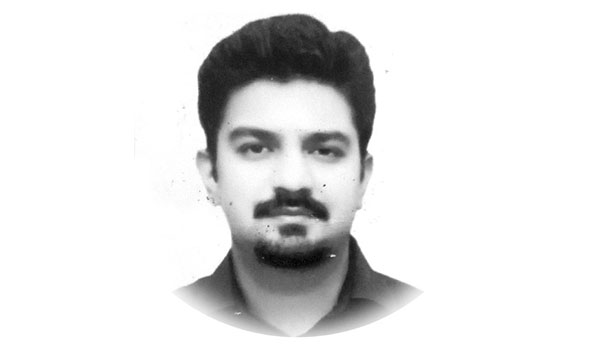Pak medical universities: A dismal affair
IN 2017, three public sector medical colleges, were upgraded to medical universities. All of this happened on paper, without any prior infrastructural and human resource changes.
It has been five years now and not much has been done by these not so nascent organizations.
Globally, universities and academic institutions spearhead research and build strong ties with industries.
Unfortunately these organizations never had the robustness to create academic and research successes.
The standards and processes involved in postgraduate medical education and training, have been deteriorating persistently over the past few years.
No new programs have been initiated by these organizations.In addition to this the growing careers of many bright young doctors have stalled, because of organizational politics.
No new departments and programs have been developed.In order to create a meaningful research culture, doctorate level qualifications are essential, contrary to this most programs are fellowship based which focus on on-job trainings instead of research into new domains of medicine.
The tug of war between the college of physicians and surgeons and these universities is another issue.
The CPSP has been providing international level clinical qualifications in Pakistan, since 1962, hence the universities were mandated to provide academic and research based degrees in the form of Masters, M.Phil.and Doctorate level degrees.
One other core feature of all prestigious universities, is good quality research.Unfortunately in our medical culture, doctors are simply trouble shooters for day to day health problems.
Based on the patient load due to a persistently booming population, and the incentives that the pharmaceutical industry has to offer, we remain stuck in a cycle of prescribing medications and investigations to individual patients, which leaves no time for research and improving our knowledge and skills.
The academic culture at the universities is at the base of this problem.All the seniors set examples of pharma-sponsored lavish lifestyles and flaunt their patient load as parameters of success for the next generation.
Pakistan has provided the world with world class health professionals, but our standards have nosedived over the past few decades.
Medical education is evolving and this ancient model of teaching and learning cannot last too long.
The seniors in the doctor’s fraternity in Pakistan like to consolidate all power to their respective offices and do not believe in distribution of power to the lower cadres.
The issue of granting extensions to people who have enjoyed their tenures in power, and manipulating the laws in order to reinstate people already in power, for future terms, takes away the rights and opportunities of those who are following them in the list of seniority.
In a recent turn of events, the government has asked for applications for the post of vice chancellors, while closely keeping in mind the exceeding ages of the already serving people on these posts.
These fixed matches, always have long-term repercussions.The people with political contacts have better opportunities, while those academicians who have no political linkages or heavy financial backing , are often left at a loss.
I believe that change is constant, talent, handwork and aptitude find their way.The current model of medical education needs overhauling.
We must look at countries like Iran, Cuba and Turkey to understand the concept of having world class medical education and research, in order to have maximum results despite the scarcity of resources.
We must also produce many more new doctors, as they can be our biggest export to the rest of the world.
—The writer is Assistant Professor Public Health, Islamabad Medical and Dental College.










